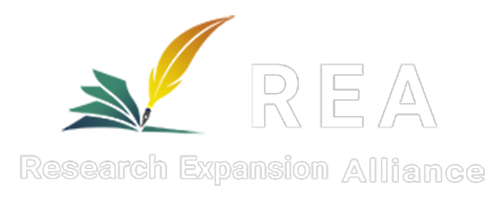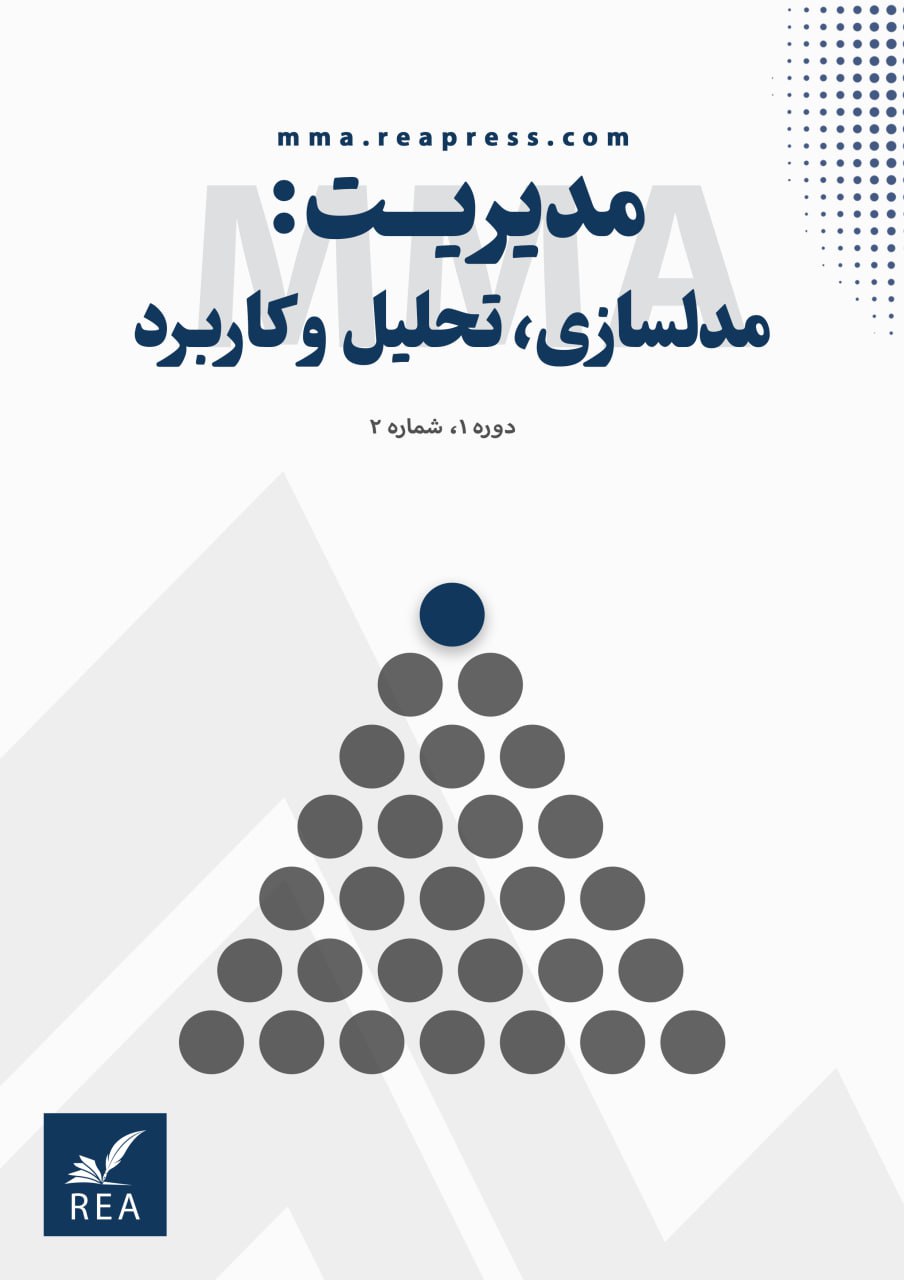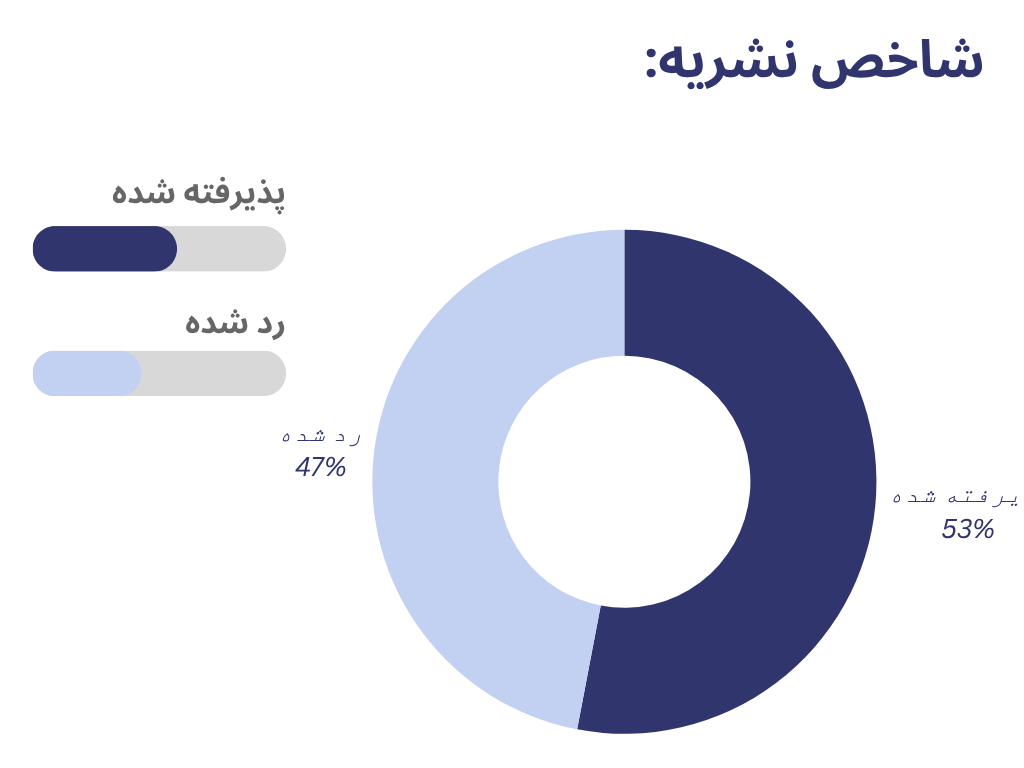معرفی استراتژی نوین برای ارزیابی کارایی متقابل تحلیل پوششی دادهها مبتنی بر اولویتبندی وزنها
چکیده
هدف: با توجه به پیچیدگی معیارهای عملکرد و تنوع در دادههای ورودی و خروجی در واحدهای تصمیمگیری، روشهای سنتی ارزیابی متقابل در تحلیل پوششی دادهها در برخی موارد قادر به ارایه راه حل یکتا نیستند. هدف این پژوهش معرفی یک استراتژی نوین برای ارزیابی کارایی متقابل با تمرکز بر اولویتبندی وزنها است که دقت و تفسیرپذیری ارزیابی عملکرد را افزایش دهد.
روششناسی پژوهش: در این پژوهش با بهرهگیری از اصول DEA، یک قاعده اولویتدهی برای تعیین وزنهای ورودی و خروجی تدوین شده است. این قاعده بر اساس ویژگیهای آماری و ساختاری دادهها تنظیم میشود و در قالب یک مدل ریاضی جدید در ارزیابی متقابل DEA اعمال میگردد. همچنین، برای بررسی صحت مدل، از تحلیلهای نظری و روشهای گرافیکی بهره گرفته شده است.
یافتهها: نتایج حاصل از پیادهسازی مدل نشان میدهد که استراتژی پیشنهادی توانسته است راه حل بهینه یکتا برای ارزیابی متقابل ارایه دهد، در حالی که ویژگیهای مثبت روشهای سنتی نیز حفظ شدهاند. این مدل در مقایسه با رویکردهای رایج از پایداری و تفسیرپذیری بالاتری برخوردار است.
اصالت / ارزش افزوده علمی: نوآوری اصلی این پژوهش در معرفی یک چارچوب اولویتبندی وزنها برای حل مساله عدم یکتایی در ارزیابی متقابل DEA است. این استراتژی، نهتنها بهعنوان یک راهکار مستقل، بلکه بهعنوان مکملی موثر برای روشهای موجود نیز قابل استفاده است و به بهبود کیفیت تحلیل کارایی کمک میکند.
کلمات کلیدی:
اولویت¬بندی، تحلیل پوششی دادهها، کاراییمراجع
- [1] Charnes, A., Cooper, W. W., & Rhodes, E. (1978). Measuring the efficiency of decision making units. European journal of operational research, 2(6), 429–444. https://doi.org/10.1016/0377-2217(78)90138-8
- [2] Liu, J. S., Lu, L. Y. Y., & Lu, W. M. (2016). Research fronts in data envelopment analysis. Omega, 58, 33–45. https://doi.org/10.1016/j.omega.2015.04.004
- [3] Sexton, T. R., Silkman, R. H., & Hogan, A. J. (1986). Data envelopment analysis: Critique and extensions. New directions for program evaluation, 1986(32), 73–105. https://doi.org/10.1002/ev.1441
- [4] Wu, J., Sun, J., & Liang, L. (2021). Methods and applications of DEA cross-efficiency: Review and future perspectives. Frontiers of engineering management, 8(2), 199–211. https://doi.org/10.1007/s42524-020-0133-1
- [5] Doyle, J., & Green, R. (1994). Efficiency and cross-efficiency in DEA: Derivations, meanings and uses. Journal of the operational research society, 45(5), 567–578. https://doi.org/10.1057/jors.1994.84
- [6] Balk, B. M., De Koster, M. B. M. R., Kaps, C., & Zofío, J. L. (2021). An evaluation of cross-efficiency methods: With an application to warehouse performance. Applied mathematics and computation, 406, 126261. https://doi.org/10.1016/j.amc.2021.126261
- [7] Liang, L., Wu, J., Cook, W. D., & Zhu, J. (2008). The DEA game cross-efficiency model and its Nash equilibrium. Operations research, 56(5), 1278–1288. https://doi.org/10.1287/opre.1070.0487
- [8] Wang, Y. M., & Chin, K. S. (2010). A neutral DEA model for cross-efficiency evaluation and its extension. Expert systems with applications, 37(5), 3666–3675. https://doi.org/10.1016/j.eswa.2009.10.024
- [9] Wu, J., Chu, J., Sun, J., & Zhu, Q. (2016). DEA cross-efficiency evaluation based on Pareto improvement. European journal of operational research, 248(2), 571–579. https://doi.org/10.1016/j.ejor.2015.07.042
- [10] Ang, S., Chen, M., & Yang, F. (2018). Group cross-efficiency evaluation in data envelopment analysis: An application to Taiwan hotels. Computers & industrial engineering, 125, 190–199. https://doi.org/10.1016/j.cie.2018.08.028
- [11] Liu, H., Song, Y., & Yang, G. (2019). Cross-efficiency evaluation in data envelopment analysis based on prospect theory. European journal of operational research, 273(1), 364–375. https://doi.org/10.1016/j.ejor.2018.07.046
- [12] Contreras, I., Lozano, S., & Hinojosa, M. A. (2021). A DEA cross-efficiency approach based on bargaining theory. Journal of the operational research society, 72(5), 1156–1167. https://doi.org/10.1080/01605682.2020.1755898
- [13] Dellnitz, A., Reucher, E., & Kleine, A. (2021). Efficiency evaluation in data envelopment analysis using strong defining hyperplanes: A cross-efficiency framework. Or spectrum, 43, 441–465. https://doi.org/10.1007/s00291-021-00623-2
- [14] Jin, F., Cai, Y., Pedrycz, W., & Liu, J. (2022). Efficiency evaluation with regret-rejoice cross-efficiency DEA models under the distributed linguistic environment. Computers & industrial engineering, 169, 108281. https://doi.org/10.1016/j.cie.2022.108281
- [15] Wu, J., Liang, L., & Yang, F. (2009). Determination of the weights for the ultimate cross efficiency using Shapley value in cooperative game. Expert systems with applications, 36(1), 872–876. https://doi.org/10.1016/j.eswa.2007.10.006
- [16] Wang, Y. M., & Chin, K. S. (2011). The use of OWA operator weights for cross-efficiency aggregation. Omega, 39(5), 493–503. https://doi.org/10.1016/j.omega.2010.10.007
- [17] Yang, G., Yang, J., Liu, W., & Li, X. (2013). Cross-efficiency aggregation in DEA models using the evidential-reasoning approach. European journal of operational research, 231(2), 393–404. https://doi.org/10.1016/j.ejor.2013.05.017
- [18] Chen, L., Wang, Y. M., & Huang, Y. (2020). Cross-efficiency aggregation method based on prospect consensus process. Annals of operations research, 288(1), 115–135. https://doi.org/10.1007/s10479-019-03491-w
- [19] Karagiannis, G. (2024). Cross-Efficiency aggregation based on the denominator rule. Expert systems with applications, 238, 121916. https://doi.org/10.1016/j.eswa.2023.121916
- [20] Ravanos, P., & Karagiannis, G. (2024). On value efficiency analysis and targeted benevolence cross efficiency. Journal of the operational research society, 75(11), 2101–2114. https://doi.org/10.1080/01605682.2024.2303080
- [21] Zhang, W., Wu, X., & Shi, J. (2023). Cross efficiency model of network DEA and its application on low carbon efficiency evaluation of multimodal transport. Ocean & coastal management, 244, 106778.
- [22] Liao, L. H., Chen, L., & Chang, Y. (2023). A new cross-efficiency DEA approach for measuring the safety efficiency of China’s construction industry. Kybernetes, 52(12), 6379–6394. https://doi.org/10.1108/K-06-2022-0880
- [23] Wang, Y. M., & Luo, Y. (2006). DEA efficiency assessment using ideal and anti-ideal decision making units. Applied mathematics and computation, 173(2), 902–915. https://doi.org/10.1016/j.amc.2005.04.023
- [24] Gong, X., Yu, C., Min, L., & Ge, Z. (2021). Regret theory-based fuzzy multi-objective portfolio selection model involving DEA cross-efficiency and higher moments. Applied soft computing, 100, 106958. https://doi.org/10.1016/j.asoc.2020.106958
- [25] Shi, H. L., Chen, S. Q., Chen, L., & Wang, Y. M. (2021). A neutral cross-efficiency evaluation method based on interval reference points in consideration of bounded rational behavior. European journal of operational research, 290(3), 1098–1110. https://doi.org/10.1016/j.ejor.2020.08.055
- [26] Cooper, A. C. W. W., & Charnes, W. (1962). Programming with linear fractional functionals. Naval research logistics quarterly, 9(3–4), 181–186. https://doi.org/10.1002/nav.3800090303







